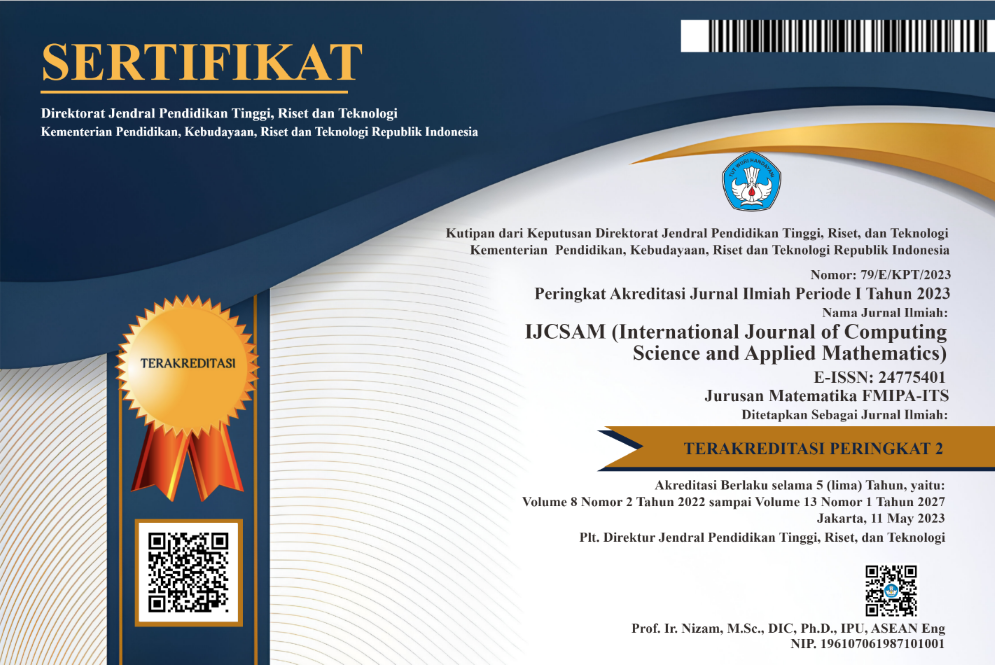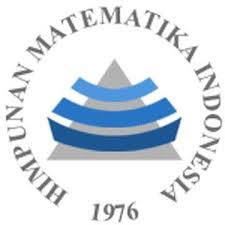Optimizing Forest Sampling by using Lagrange Multipliers
Abstract
Keywords
Full Text:
PDFReferences
R. Walpole, Pengantar statistika, edisi ke-3 (Introduction to statistics). PT Gramedia Pustaka Utama, 1990.
P. Malamassam, Modul Mata Kuliah Inventarisasi Hutan. Makassar: Hasanuddin University, 2009.
K. Kitikidou, “Optimizing forest sampling by using Lagrange multipliers,” American Journal of Operations Research, vol. 2, no. 1, pp. 94–99, 2012.
S. Makridakis, S. Wheelwright, and V. McGee, Metode dan Aplikasi Peramalan Jilid 1 (Ir. Untung Sus Ardiyanto, M. Sc. & Ir. Abdul Basith, M. Sc. Terjemahan). Jakarta: Erlangga, 1999.
P. de Vries, Sampling Theory for Forest Inventory. Wageningen: Wageningen Agricultural University, 1986.
D. Luknanto, Pengantar Optimasi Non Linier. Yogyakarta: Gajah Mada University, 2000.
DOI: http://dx.doi.org/10.12962/j24775401.v3i2.2883
Refbacks
- There are currently no refbacks.
View My Stats

International Journal of Computing Science and Applied Mathematics by Pusat Publikasi Ilmiah LPPM, Institut Teknologi Sepuluh Nopember is licensed under a Creative Commons Attribution-ShareAlike 4.0 International License.
Based on a work at https://iptek.its.ac.id/index.php/ijcsam.






